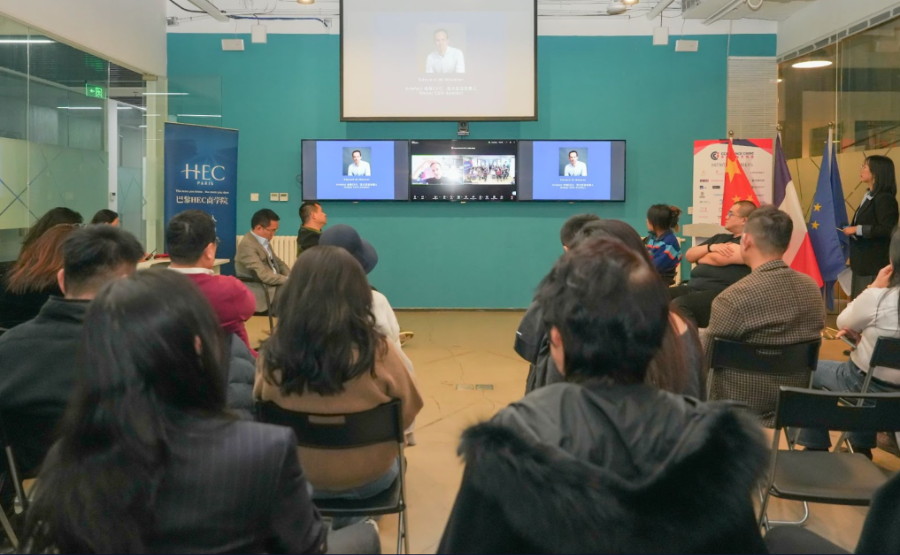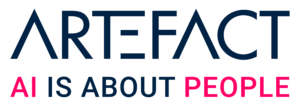GenAI: more than just use cases
Traditionally, businesses have applied AI to solve isolated pain points—for example, improving supply chain forecasting or enhancing fraud detection.
“But GenAI is different. It is not just another tool to optimize specific tasks; it has the potential to reshape how businesses operate.”
Edouard de Mézerac, Artefact CEO
This shift means that automating or augmenting conceptual tasks—such as gathering information and making decisions—is now within reach. The impact goes beyond efficiency gains; it redefines the entire value chain of industries.
Real-world applications: how top companies are using GenAI
To illustrate this transformation, Edouard shared real-world examples where GenAI is already making a significant impact:
Telecom – Reducing installation delays by 70-80%
–Challenge: A major telecom company faced long delays in fiber optic installations due to scheduling conflicts and insufficient infrastructure. Resolving these issues took 2 to 3 months on average.
–Solution: AI automated information gathering from telecom providers, city records, and building owners, while also handling appointment scheduling and workflow coordination.
Manufacturing – Helping sales teams master product knowledge
–Challenge: A global electrical products company needed its sales teams to quickly learn thousands of product details, making it hard to provide accurate advice to B2B customers.
–Solution: A GenAI-powered chatbot provided sales teams with real-time, reliable product details, supported by retrieval-augmented generation (RAG) to ensure accuracy and minimize AI “hallucinations.”
Luxury Retail – Enhancing sales staff training on new products
–Challenge: A high-end fashion brand introduces 15 new products per store, every week, making it challenging for sales associates to stay updated on product details and recommendations.
–Solution: AI delivered instant product insights, including designer background, key features, and potential pairings, enhancing customer interactions.
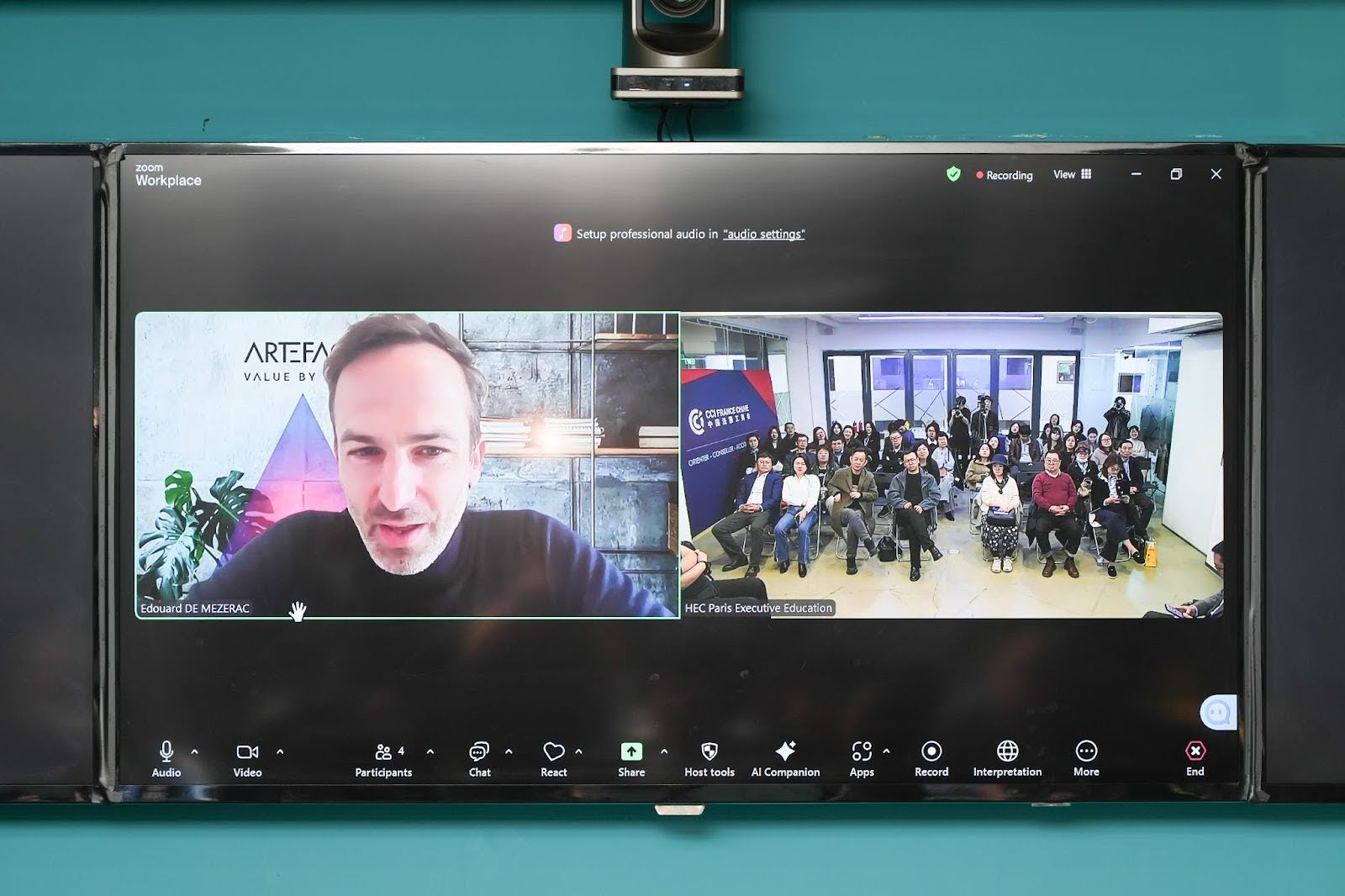
The hard truth: most companies aren’t ready
Despite the technology’s potential, most companies are unprepared for GenAI. Edouard identified five key barriers to widespread GenAI adoption:
Leadership unpreparedness
Many senior executives built their careers in an era before AI and digital transformation became integral to business strategy. As a result, there is a significant knowledge gap—only 50% of leaders have received AI training, and among them, half report that their training is insufficient.
Limited business function readiness
Successful AI implementation cannot be solely an IT-driven initiative. Business leaders across key functions—such as supply chain, marketing, procurement, and CRM—must take ownership of GenAI integration.
Insufficient data infrastructure
AI models require high-quality, well-structured data to operate effectively. Many corporations face issues such as inconsistent data governance, unclear reference frameworks, and poor documentation. Without a solid data foundation, enterprises struggle to deploy AI solutions at scale.
Unclear governance and ethical frameworks
The regulatory landscape for AI varies significantly across countries, creating compliance complexities for multinational organizations. Additionally, GenAI raises critical ethical and workforce-related concerns. For example, if AI enables marketing departments to achieve the same output with fewer employees, companies must address potential implications for their workforce.
High implementation costs and uncertain ROI
For many companies, building and deploying scalable GenAI solutions remains too expensive. Some AI-driven business models still struggle with positive ROI.
A race for the fittest
We are witnessing a new technological era unfold at an unprecedented pace—one that will define the next decade of economic transformation. Companies that embrace GenAI and reimagine their workflows will thrive. Those that fail to adapt will fall behind.
Edouard de Mézerac is thrilled to see HEC Alumni taking a leading role in leading these conversations and emphazises a clear message: Leadership must step up, rethink strategies, and prepare for a future that is already here.



 BLOG
BLOG